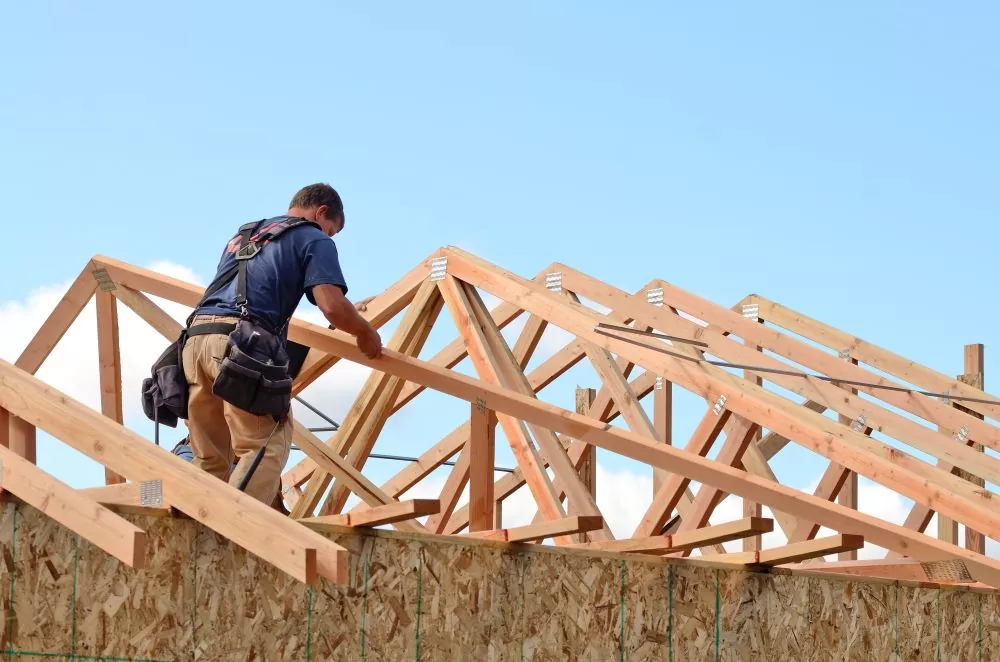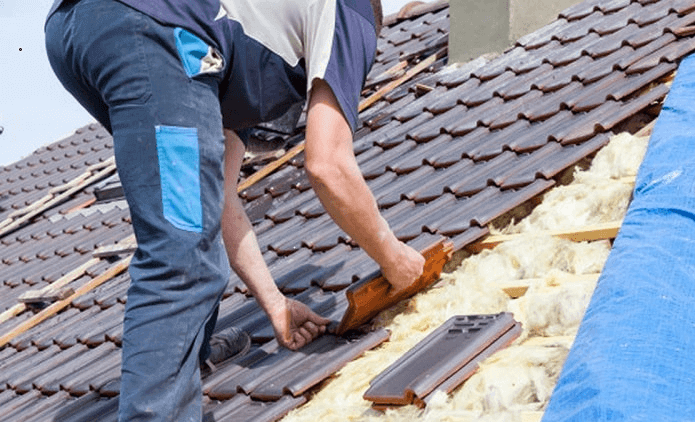When it comes to constructing a roof, the choice between roof trusses and conventional roofing methods is a crucial decision. Each method has its own set of advantages and considerations that can impact the overall cost, roof trusses span, structural integrity, design flexibility, and construction timeline of a building. In this blog, we will compare roof trusses with conventional roofing systems to help you make an informed choice for your next construction project.
Structural Integrity and Load-Bearing Capacity
Roof trusses are renowned for their superior structural integrity. Engineered with precision, quality roof trusses distribute the weight of the roof evenly, reducing the load on the walls and supporting structures. This design enhances the overall load-bearing capacity and makes trusses capable of withstanding heavy snowfall, windstorms, or other external forces. In contrast, conventional roofing systems rely on rafters or ceiling joists, which may require additional support columns, resulting in potential limitations in span distances and load-bearing capacity.
Design Flexibility and Aesthetics:
Roof trusses offer remarkable design flexibility, allowing architects and homeowners to create unique and aesthetically pleasing roof configurations. Trusses can be customised to accommodate various roof shapes, such as gable, hip, gambrel, or complex designs. Their ability to span large distances without the need for additional support columns opens up possibilities for open floor plans and spacious interior designs. Conventional roofing methods, while capable of accommodating various designs, may have limitations when it comes to spanning large distances and achieving complex roof configurations.
Cost and Time Efficiency:
Roof trusses provide significant cost and time savings compared to conventional roofing systems. Trusses are prefabricated off-site, ensuring precision and reducing labor and material costs. The streamlined installation process allows for faster construction, saving time and money. Additionally, trusses can be quickly and efficiently installed, reducing the overall construction timeline. Conventional roofing methods often involve on-site assembly and may require more labour and time for installation.
Energy Efficiency and Insulation
Roof trusses can incorporate features that enhance energy efficiency. They can accommodate raised-heel trusses or attic trusses, providing additional space for insulation. Adequate insulation helps maintain a consistent indoor temperature, reducing energy consumption for heating and cooling. Conventional roofing methods may require more effort and customization to achieve similar levels of insulation and energy efficiency.
Adaptability and Versatility
Roof trusses are versatile and adaptable to various types of buildings, including residential, commercial, and industrial structures. They can be designed to meet specific requirements and are compatible with different roofing materials, such as asphalt shingles, metal, or tiles. Conventional roofing methods may be limited in their adaptability to different architectural styles or specific building needs.
Choosing between roof trusses and conventional roofing methods is a significant decision in the construction process. While both options have their merits, roof trusses offer advantages in terms of structural integrity, design flexibility, cost and time efficiency, energy efficiency, and adaptability. However, it’s essential to consider specific project requirements, budget, and architectural considerations before making a final decision. Consulting with a professional engineer or architect can help ensure that you choose the roofing solution that best suits your building’s needs, ensuring a durable, aesthetically pleasing, and efficient roof for years to come.





